PROJECT TITLE
A research project on Sproutworks at NYU Shanghai – don’t take it for granted.
PROJECT STATEMENT
The amount of trash produced in Shanghai is tremendous. By directly connecting with Sproutworks, we learn that one of the factors causing this is the huge amount of food and trash waste we produce everyday. With effective and powerful information on environmental sustainability, we believe students do have an inclination to change, just like how I did after taking this class. However, it is hard to change one’s habit completely and to maintain the mindset of environmental sustainability all the time. As a result, we envision the design of our project to not only raise awareness of trash waste but ultimately urge people to develop a habit of living responsibly. The design would act as supervision, subtly reminding people of their unintentional wasteful behaviors.
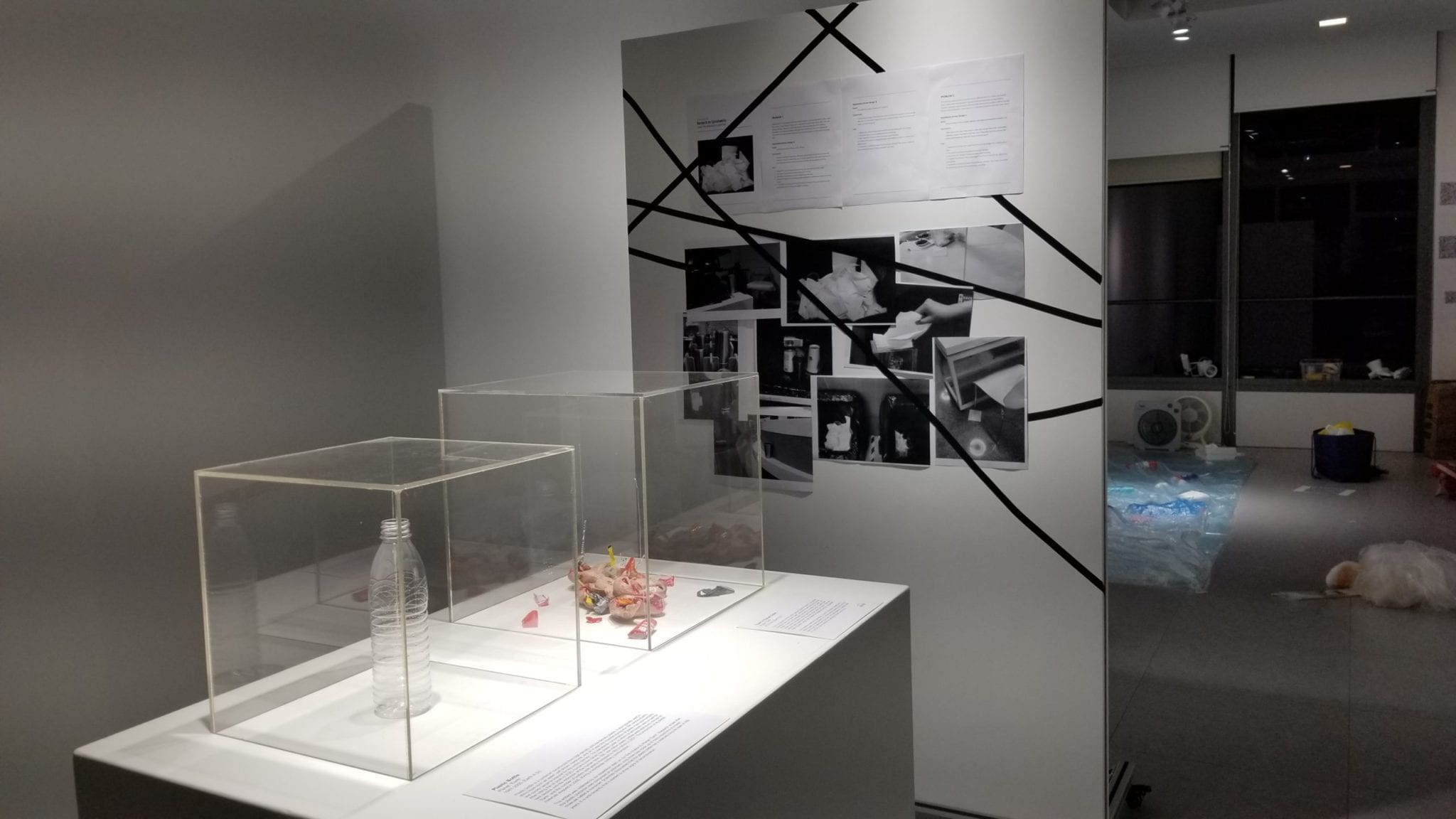
RESEARCH
By Damon, Winny & Xiaoyan
Problem Identified
Problem 1: We learned from Sproutworks staff that napkin waste is a conspicuous problem they notice for a while. “A big package of tissue can be used within a blink after we put them out”, one of the staff says. Twenty-four of these packages can be used per day at the B1 cafeteria. However, it is not because people really need that much tissue. Very often, people take more than they need. Unused tissue can be found on the tables or in the trash cans every day.
Hypothesis-Driven Design A
Need:
Decrease the waste of tissue at B1 cafeteria.
Hypothesis:
We plan to design a tissue box. Whenever people take tissues from it, the box will make the sound of trees being cut, to remind people where the trees come from. If we waste more tissues, we are wasting more trees that we depend to live on.
Test:
1. Replace the normal tissue boxes with the ones we design at the b1 cafeteria for a week.
2. Document the process by taking pictures and filming.
3. Note down the change of tissue packages used everyday.
4. Compare the amount of tissue packages used before and after we replace the tissue boxes.
5. Come with a conclusion based on the data we collected. The success should be the decreasing amount of tissue packages used daily.
Hypothesis-Driven Design B
Need:
Decrease the waste of tissue at B1 cafeteria.
Hypothesis:
An alternative design of the tissue box that can detect the amount of tissue people take out of it. If a person takes more than 3 pieces of tissue, then the machine will make a reminding sound.
Test:
1. Replace the normal tissue boxes with the ones we design at b1 cafeteria for a week.
2. Document the process by taking pictures and filming.
3. Note down the change of tissue packages used everyday.
4. Compare the amount of tissue packages used before and after we replace the tissue boxes.
5. Come with a conclusion based on the data we collected. The success should be the decreasing amount of tissue packages used daily.
- Trash cans filled with tissue only half an hour after the staff cleared them. By decreasing the use of tissue, we can ultimately lighten the workload of Sproutwork staff members.
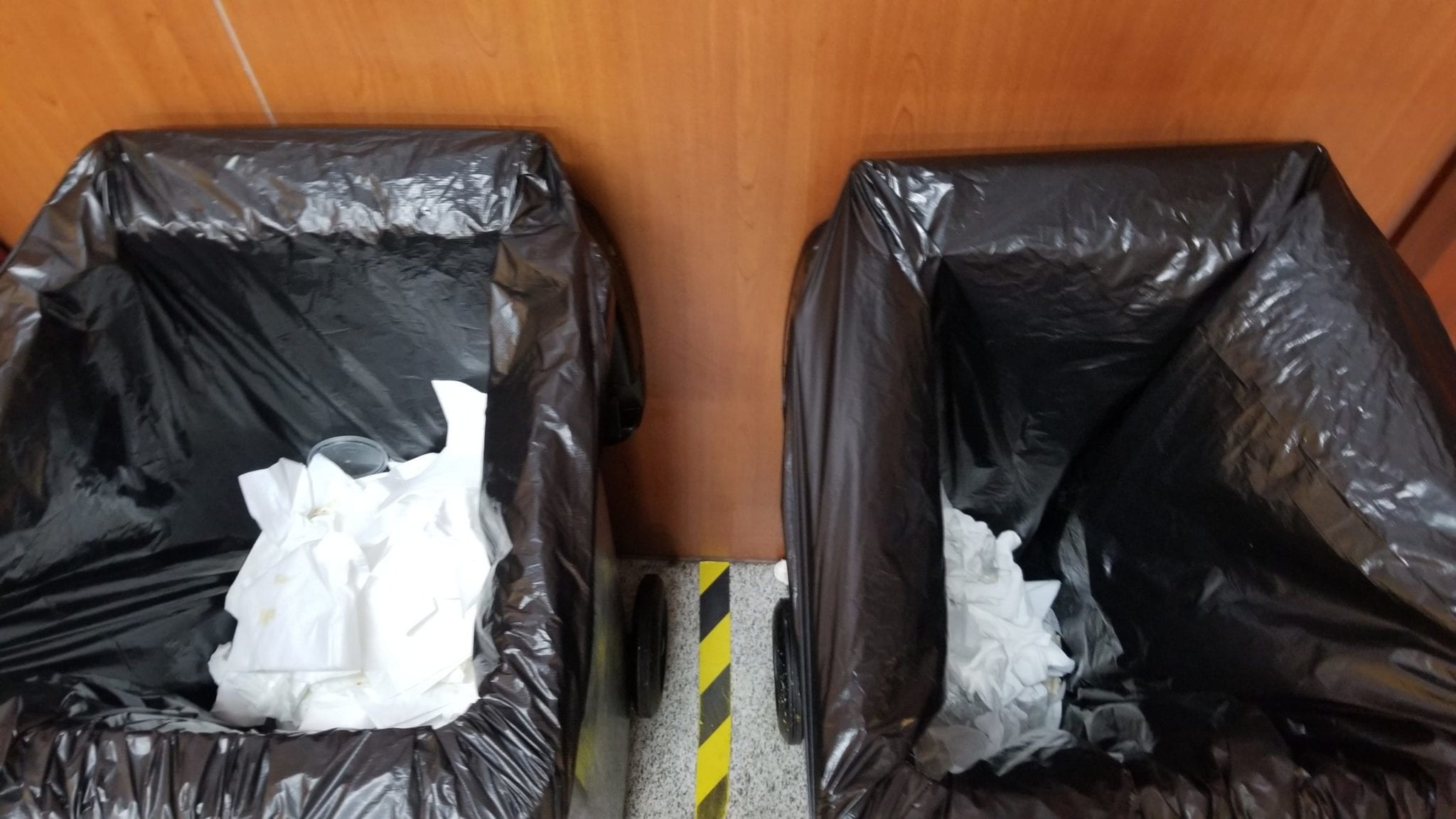
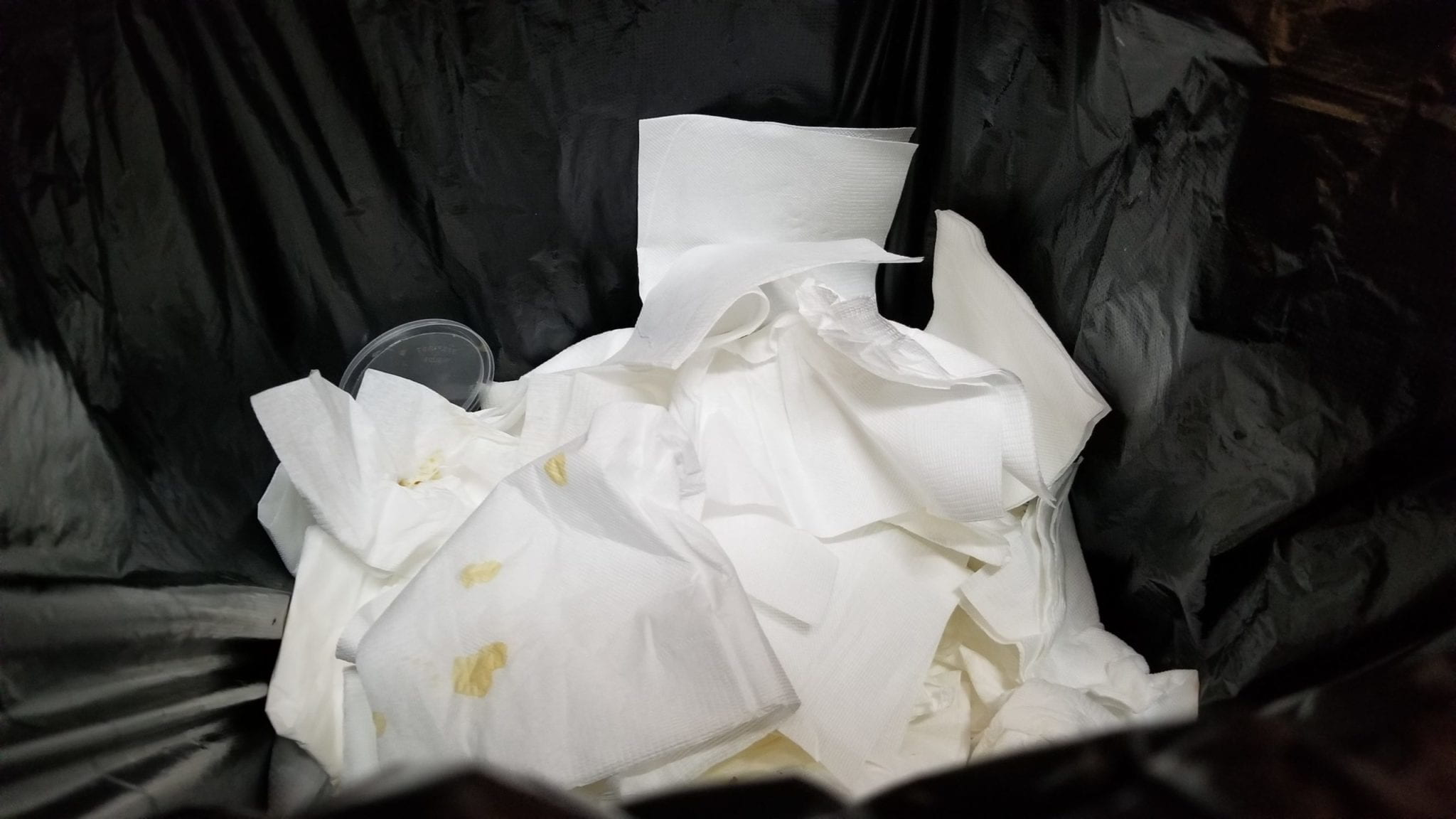
- Left-over tissue that has not been used on the table at the B1 cafeteria.
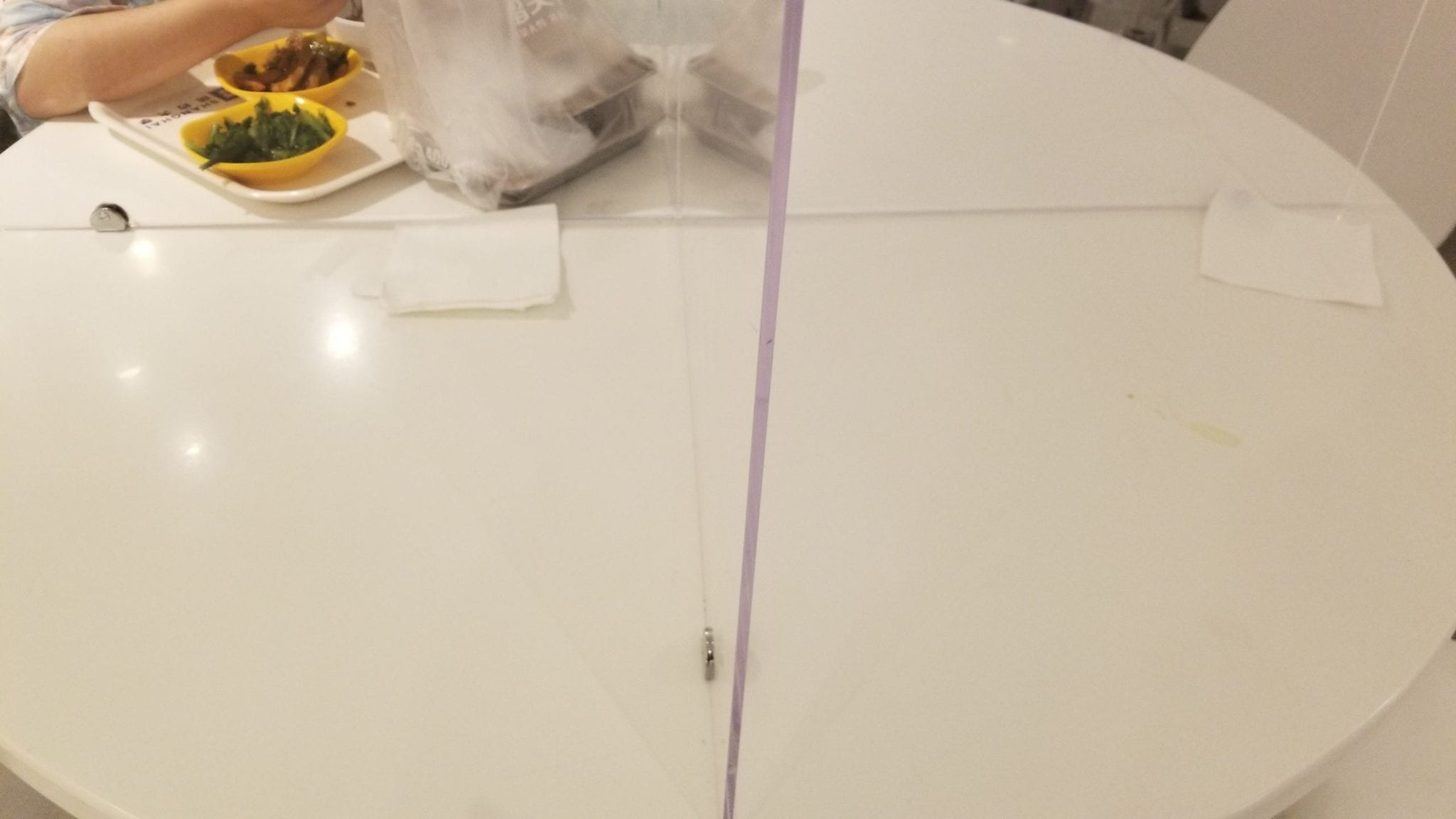
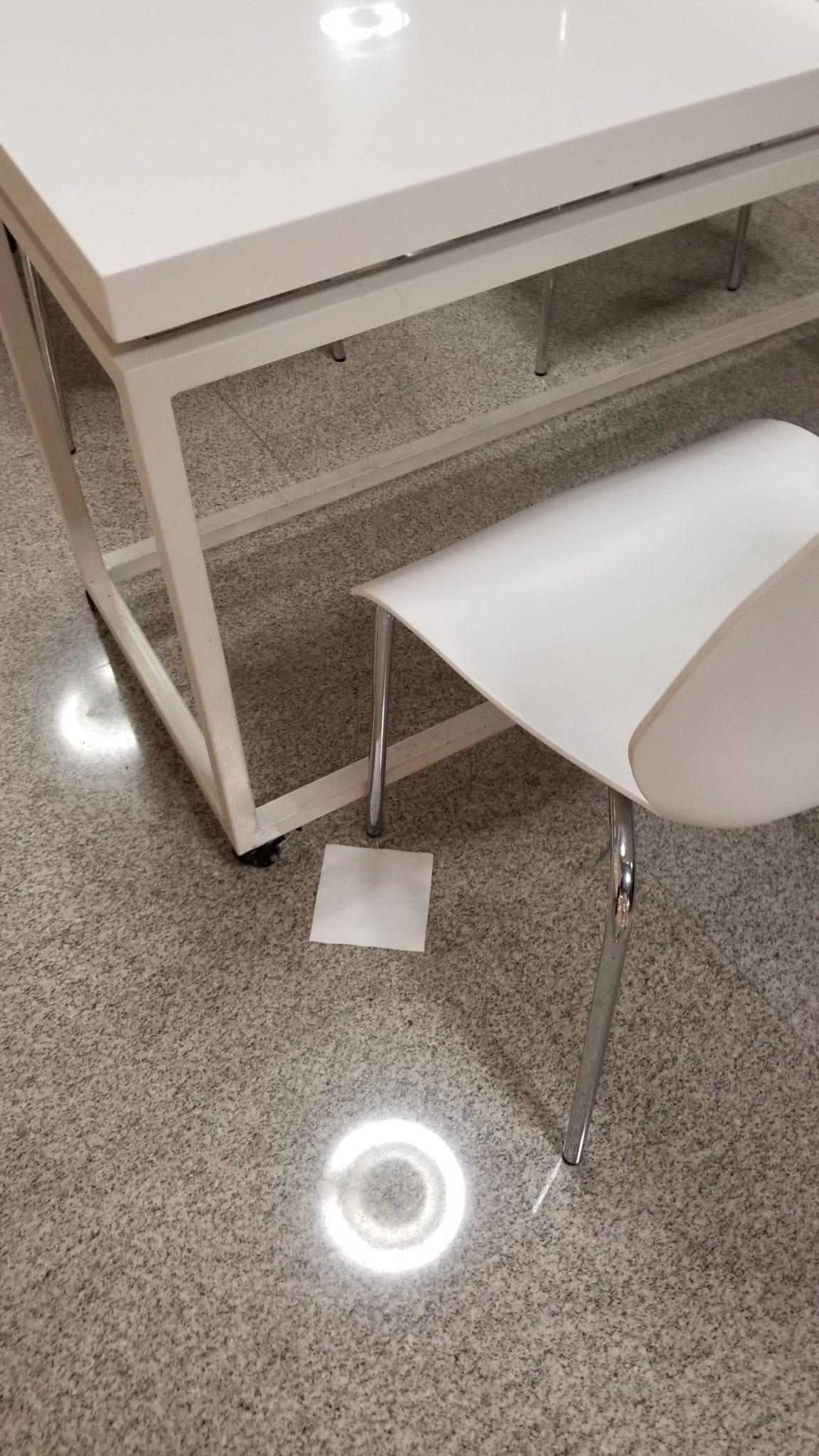
- A person is grabbing tissues more than he/she needs. (We staged the scene. However, this happens a lot in reality in the B1 cafeteria.)
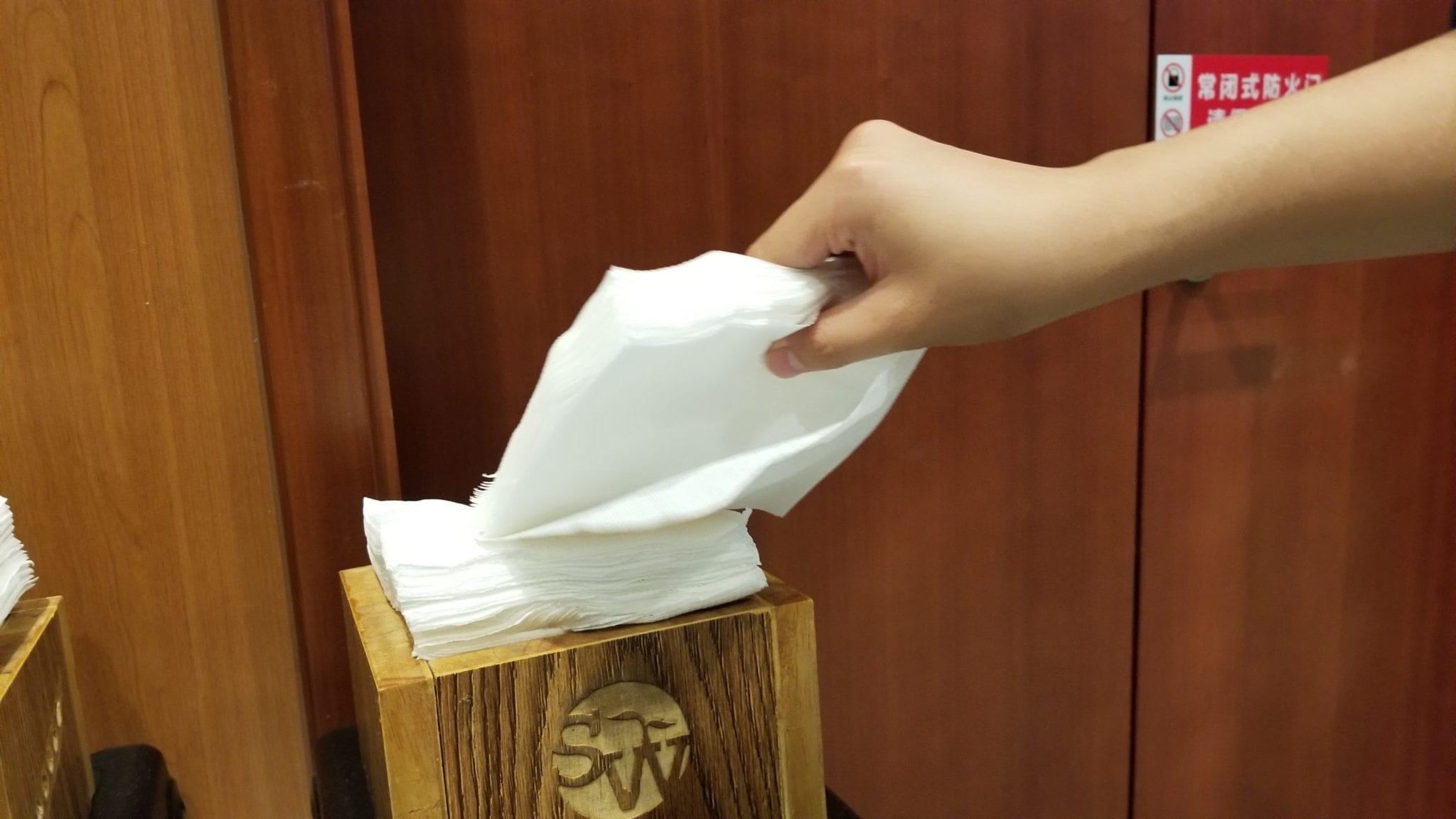
Problem Identified
Problem 2: Reusable cups were found in the trash cans on different floors on campus by cleaning ladies. There were three thousand cups purchased last November by Sproutworks. However, there are only around one thousand left now and the number is still decreasing. People either throw them in the trash can or bring them elsewhere that they never return.
Hypothesis-Driven Design C:
Need:
Bring this issue to more people’s attention and create an educational reminder to all
Hypothesis:
Place chips in the cups. Place sensors in the trash can and both of the school gates. Whenever people throw them in the trash can or bring them out of the campus, the sensor would detect the chips and cause a warning sound.
Test:
We wish to create a “shocking” or “warning” experience for whoever throws this reusable cup into the trash can. If possible, the reaction of people who throw the cup can be recorded, or we can shoot a scene like this with actors. Either way, we wish to spread this reminder to our student body so that more people can know about this problem and reflect on whether they have done something like that.
- Reusable cups on the 2nd-floor cafe.

- The lonely cup that’s supposed to be with other cups at the cafe after use.
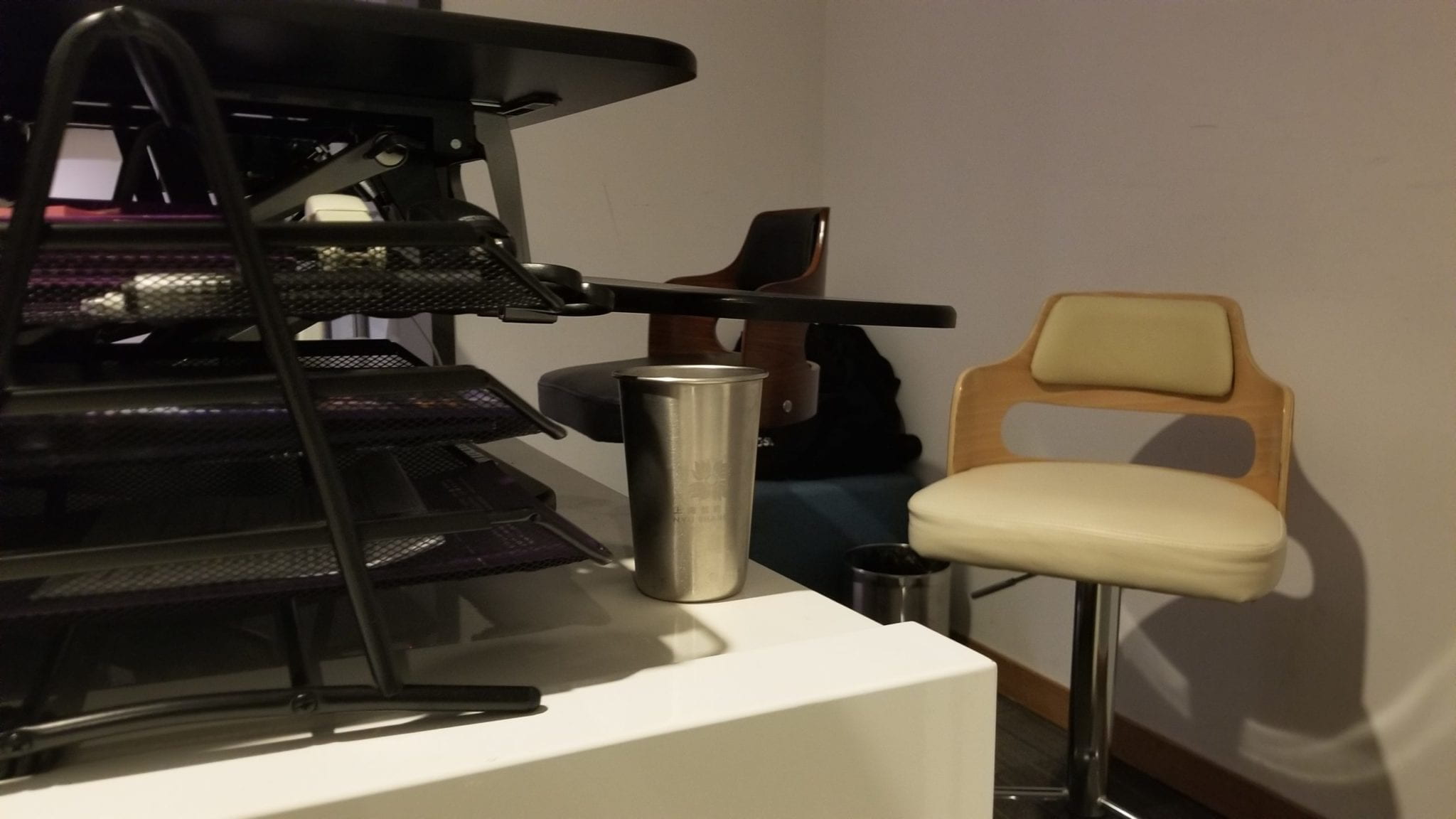
- Too many cups being left around the public areas
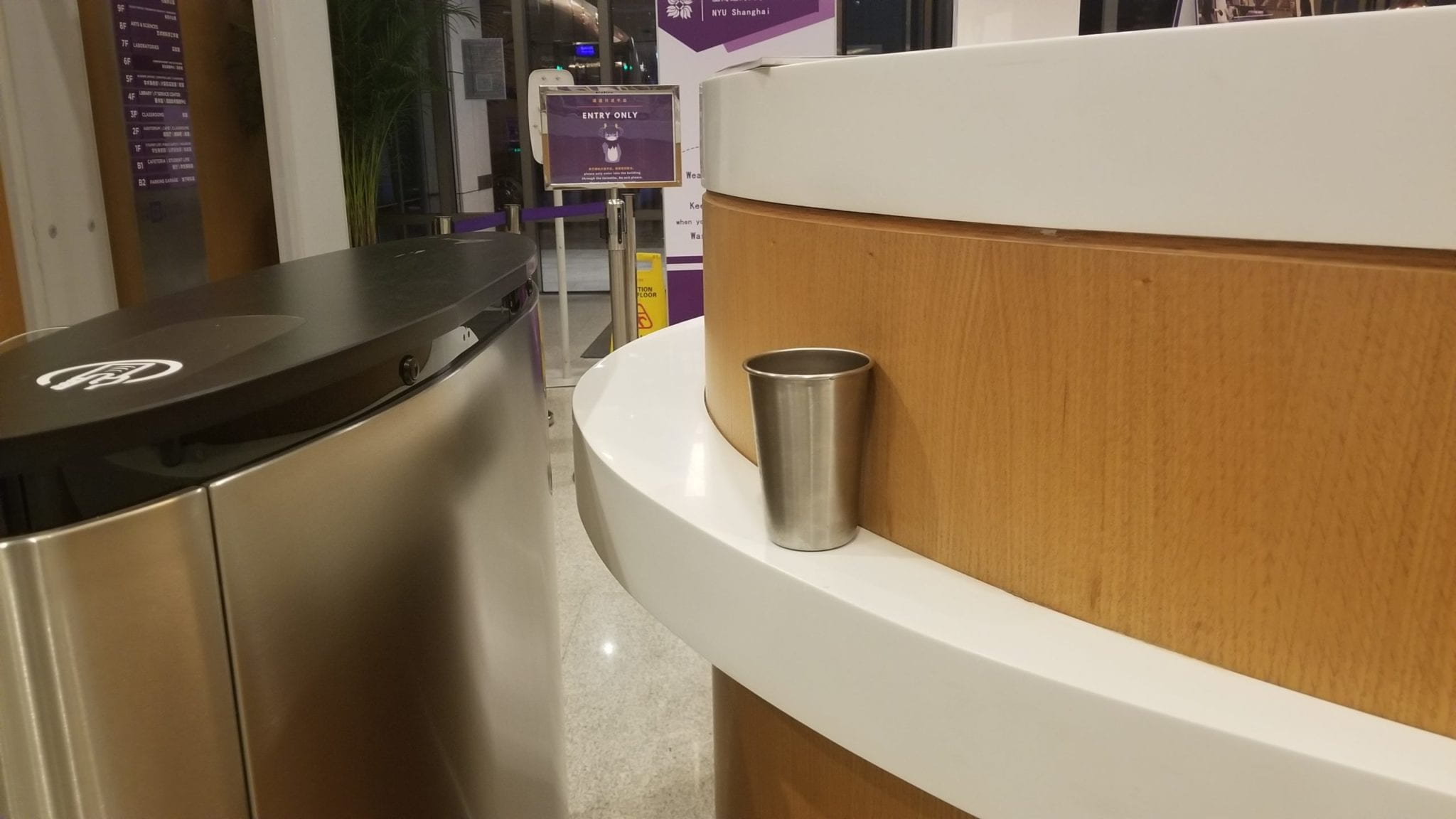
CONCLUSIONS
The goal of our project is to essentially fulfill the needs of the Sproutworks staff members and to achieve it in a sustainable way. I believe the hypothesis designs we proposed would solve the problems they raised, while also raising the awareness of trash waste. However, the main concern I have is the difficulties we will encounter during the production phase. We will need to make more research and conduct multiple experiments to achieve our goal. If we could overcome the technical issue during production, I believe our design will have great potential.